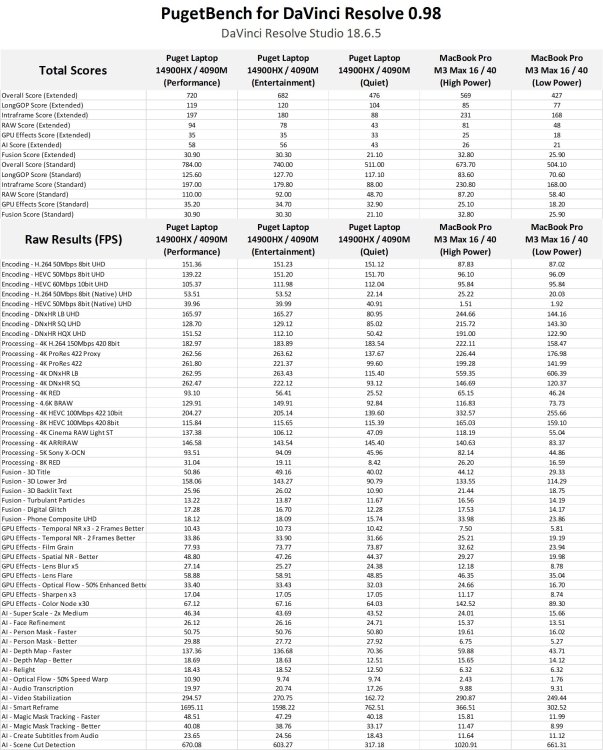All Activity
- Today
-
 ac6000cw reacted to a post in a topic:
The China Syndrome (1979): What film camera did Micheal Douglas' character use?
ac6000cw reacted to a post in a topic:
The China Syndrome (1979): What film camera did Micheal Douglas' character use?
-
 ac6000cw reacted to a post in a topic:
8-bit REC709 is more flexible in post than you think
ac6000cw reacted to a post in a topic:
8-bit REC709 is more flexible in post than you think
-
It's possible to synthesize all sorts of microphone types/polar patterns, including things like perfectly co-incident stereo pair mics (which are impossible to physically build), from a B-format Ambisonics stream/recording - https://en.wikipedia.org/wiki/Ambisonics#Virtual_microphones - and also produce a binaural stream - https://en.wikipedia.org/wiki/Ambisonics#Decoding I think that post-processing flexibility is the real strength of using a Soundfield microphone for ambient sound recording.
-
Apparently this is very popular among people who are into paranormal activities and looking to recording on-field audio
-
 sanveer reacted to a post in a topic:
VR180 audio: stereo vs. binaural vs. ambisonic
sanveer reacted to a post in a topic:
VR180 audio: stereo vs. binaural vs. ambisonic
-
 John Matthews reacted to a post in a topic:
8-bit REC709 is more flexible in post than you think
John Matthews reacted to a post in a topic:
8-bit REC709 is more flexible in post than you think
-
I'm still lost down this rabbit hole, but these are an interesting reference. This is what happens if you put the GX85 through a "look". I put the GX85 test image through a bunch of output LUTs to see which (if any) I liked the flavour of. In order to compare them equally, I adjusted after the LUT to match the black and white points, exposure, and contrast. This way we're not just comparing the different contrast curves, but the other aspects of the LUTs like colour rendering etc. The node structure was this: slightly lower gain to bring GX85 image into range (it records super-whites) CST from 709/2.4 to Davinci Intermediate (my preferred working colour space) (my grade would go here, but for this test no adjustments were made) CST to whatever colour space the LUT expects The LUT (these all convert to 709/2.4) A curve to adjust the overall levels from the LUT to roughly approximate the GX85 image The round-trip from 709/2.4 to DWG to 709/2.4 is almost transparent, if you compensate for the gamut and saturation compression in the conversion at the end, so I didn't bother to grab it. Results: The famous ARRI K1S1 LUT (the ARRI factory LUT): One of the 5000 BMD LUTs that come with Resolve, which I tried just for fun: The Kodak 2383 PFE (Print Film Emulation) LUT. The D55 one seemed the closest match to the WB of the image for some reason, but everyone always uses the D65 ones, so I've included both here for comparison. The D65 one: The Kodak 2393 PFE. It doesn't come with Resolve but it's free online from a bunch of places. I like it because it doesn't tint the shadows as blue, so the image isn't as muddy / drab. The FujiFilm 3513 PFE: I find the ARRI LUT a bit weak - it helps but not as much as I'd like. The comparison above is flattering to the LUT because it has a bit more contrast compared to the SOOC so looks a bit better. The skintones are a little more flattering on it though, which might be enough if you want a more neutral look. All the PFE looks are very strong, and aren't really meant to be used on their own. The film manufacturers designed the colour science to look good when used with a negative film like Kodak 250D or 500T stocks, so it's "wrong" to use it unless you're grading a film scan, I think people use it like this anyway 🙂 Some time ago I purchased a power-grade that emulated both the 250D and 2393 PFE from Juan Melara, which looks like this: To me it looks much more normal than just the 2393 PFE on its own, but it's definitely a stronger look. The powergrade is split into nodes that emulate the 250D separately to the 2393, and the 2393 nodes are almost indistinguishable from the LUT, so I'd imagine this is probably a good emulation. Anyway, lots of flexibility in these 8-bit files!
-
I'd agree with you, except that about half the movies in the box office aren't much better.. add in all the religious propaganda movies that thrive in more religious areas of the world and sadly, I think there's a huge market 😞
-
One question that stood out to me immediately was how much you want the audio to move around when the person in the VR turns their head. For example, if you record stereo and the VR person turns their head the visuals will all move but the audio won't change at all - I would imagine that to be unnerving and potentially ruin the immersion wouldn't it? Does VR have a standard where you can record to that and then the headset will decode it to match where the viewer looks?
-
 kye reacted to a post in a topic:
The China Syndrome (1979): What film camera did Micheal Douglas' character use?
kye reacted to a post in a topic:
The China Syndrome (1979): What film camera did Micheal Douglas' character use?
-
 kye reacted to a post in a topic:
I've found this offer for editing and grading machine... good for handling 12k braw footage on Resolve?
kye reacted to a post in a topic:
I've found this offer for editing and grading machine... good for handling 12k braw footage on Resolve?
- Yesterday
-
 eatstoomuchjam reacted to a post in a topic:
Color - SOOC vs. LUTs/Grading
eatstoomuchjam reacted to a post in a topic:
Color - SOOC vs. LUTs/Grading
-
 SRV1981 reacted to a post in a topic:
Color - SOOC vs. LUTs/Grading
SRV1981 reacted to a post in a topic:
Color - SOOC vs. LUTs/Grading
-
The end of taste? Who wants to watch this garbage?
-
Hollywood shoots ProRes for the most part, except for VFX plates.
-
I did a first impressions thing here when I got my H3-VR. It has examples of the auto down mixed binaural output for general city ambience and you can download the original ambisonic files to see the extent of the steering that you can do with them in post if you every wanted to. I think it obviously punches above its weight and even in binaural mode it does add more pickup width outside of the visible frame as well as a certain degree of rear and height cues so for 180 video I think it might do the trick for what you are after without having to do anything in post. The step up would be the Rode Soundfield mic paired with something like the Zoom F6 or even the new H6 Essential but, obviously, you will then need a more elaborate rig versus the diminutive H3VR and, of course, with no down mix you'd have to do that in post.
-
Kapetavl joined the community
-
My guess is that Sigma and Tamron paid Canon to license the mount. They have enough profit margin that they can afford to give either a single pretty big upfront payment to Canon or to pay them a royalty/percentage on each lens sold. Canon makes a lot of money selling lenses and know that over time, they'll fill in any existing gaps in their lens lineup - but if they can also make money through licensing (with no need to even build/ship a product), why throw away the chance?
-
If you're in the PC world, you're definitely better off editing on desktop vs laptop if you're working with high-res footage or doing effects, etc. Most laptops throttle down a lot when not plugged in and (in my experience) make a jet engine noise when dealing with a prolonged load on CPU/GPU. And as ac6000cw says, the mobile GPU's are almost always lesser versions of their desktop counterparts. Also when on battery, life tends to be very short because CPU/GPU pull a lot of power. My M2 Max, on the other hand, can handle 8k Canon raw acceptably - and I got the weaker variant of it. Performance is almost the same whether plugged in or on battery. Fans do ramp up when working it hard (now that I've added denoising to most of the scenes that need it, the 14-minute short I'm currently working on/grading definitely has the fans running full blast when I run an export). Basically, in absolute performance numbers a high-end PC desktop will beat any Mac currently on the market and at a fraction of the cost of a Mac Studio ($3k for a decent Ryzen + RTX 4090!). A top-of-the-line PC laptop plugged into the wall will also outperform the MBP in absolute numbers (except whoooooosh fan noise)... but if you want to actually be mobile, the Mac is the hands-down winner.
-
 eatstoomuchjam reacted to a post in a topic:
I've found this offer for editing and grading machine... good for handling 12k braw footage on Resolve?
eatstoomuchjam reacted to a post in a topic:
I've found this offer for editing and grading machine... good for handling 12k braw footage on Resolve?
-
I had my ah ah moment while trying Vision Pro and watching Adventure a couple of months ago. I then rented a Canon dual fisheye to use on my R5c, borrowed a Quest 3 and started experiment with some sports that I cover and so far, people are impressed and surprised. Will this time take off? I think we are still too early, but the experience is getting better. I wish Vision Pro would be priced lower and be more open to load content on it, something that with Quest 3 is super easy to do. I kind of grasp now the filming, editing and delivery other than sound. I need ambient sound of the sport event, no dialogs etc... I would like to create a bit of the feeling to be there BUT I don't want to spend a lot of time managing the audio. KISS principle as for now is just a side thing. I see two options, simply using a Stereo Mic or using a Zoom H3 VR and use the "straight out of the device" binaural (not sure how it can be binaural if the mics are so close together). I'm not too interested in dealing with the various ambisonic formats, editing, metadata etc... seems a huge pain and time consuming. Would people perceive a big difference between a stereo mic and the H3 binaural? Any other ideas/opinions?
-
Haha I’d imagine some folks who own Sonys also love canon skintones. I’ll do some digging on the interwebs if nobody here has don’t it.
-
 kye reacted to a post in a topic:
I've found this offer for editing and grading machine... good for handling 12k braw footage on Resolve?
kye reacted to a post in a topic:
I've found this offer for editing and grading machine... good for handling 12k braw footage on Resolve?
-
I agree (as someone who has done all my editing for years on either gaming or workstation-class laptops). Generally, decent laptops in both of those categories should have cooling good enough for long-term high CPU and GPU loads, but you do need to choose carefully - and expect them to be noisy when they are working hard! Also be careful when comparing desktop and laptop GPUs - they can have the same or very similar model numbers, but the laptop version might have different performance specs (and more aggressive thermal management) e.g. : (info from Wikipedia) The desktop version of the nVidia Quadro RTX 4000 (100-125 watts Thermal Design Power): ...versus the mobile version (60-80 watts TDP):
-
thulasi joined the community
-
CP16. Cinema Products brand…who were also making this new gadget called a Steadicam that’s about to be 50 years old. It was a common news film camera. They also had mag film where the sound was recorded directly onto a mag stripe on the film itself. It wasn’t as good as the open reel recorder of course. I used one on my first short movie. It feels very cheap and lightweight but it was a staple.
-
Maybe Canon are thinking that they'll keep their exclusivity on the super-sharp super-expensive lenses, but let the third-parties develop lower cost less technically perfect lenses? It would make sense and make the system a lot more accessible and attract a lot of new customers that wouldn't want to spend top dollar on pristine lenses. Their success on the EF line and how ubiquitous it was must have been a critical factor in their earnings over the decades, so making RF a new default standard is very much in their interests. You might be right about the split between FF and APS-C lenses though - that's still a strategy in a similar direction.
-
This might be a blessing-in-disguise, as a lot of cameras actually lose the last few seconds of footage before you hit stop. So it might be compensating for that and making sure no clips are cut short.
-
I understand that a person can look at a larger quantity of footage and notice similarities and themes, but there are still a great number of un-accounted-for variables that can always bite you in the ass if you were to actually get that camera. The general look that cameras have online is likely to be the default look, partly because most people don't know the first thing about colour grading and mostly because the people who are posting videos and specifying the model number of the camera are likely in the shallow end of the skills pool, so to speak. The exception is cinematographers doing camera tests, but these have their own issues. The challenge comes in when you try and change the image in post. Try to add a bit more contrast and you might find that the image doesn't keep the things you liked about the look. In fact, the nicer the image looks SOOC or with the default LUT on it, the more fragile the image might be because the more pushed it will be. The most flexible images are the most neutral, and our brain doesn't like neutral images, it wants ones with the right herbs and spices already added. There really is no substitute for actually shooting with the camera the way that you shoot, in the situations you shoot in, and then grade it the way you grade it, trying to get the look you want, with your level of skill. TBH, most of the videos I see that have the name of the camera in them, that are graded with a "look", actually look pretty awful and amateurish to me. Either this is their lack of skill as colourist to not be able to get the look they wanted, or they did get the look they wanted and the look is just awful, but it's not a promising picture either way. I wonder how many of them are using colour management. If a camera is a 10-bit LOG with decent bitrate then the camera is one CST away from being almost indistinguishable from any other camera. Skin tones are a challenge of course, but when well-shot on capable equipment these are pretty straight-forward. There's a few principles I think are at play here: What I hear from high-level colourists is that if a project is well shot on capable equipment (without a "we'll fix it in post" mindset) then you can get your colour management setup, put a look in place, and 80% of the shots just fall into place. Then the time can be spent refining the overall look, adding a specific look to certain scenes (night scenes, dream sequences, etc), fixing any problem shots, and then you'd do a fine-tune pass on all shots with very minor adjustments. If it's not well shot to get it mostly right in-camera then you're in all sorts of trouble for post. If the client is inexperienced and doesn't know what they want, or they want something that is very different to how they shot the project. It's very easy to see colour grading make big changes (e.g. shooting day for night) or see the amazing VFX work done by Hollywood etc, and assume that anyone with a grading panel and calibrated reference monitor can do anything with any footage. If the client is a diva, or is somehow mentally unbalanced. Film-making is difficult enough to make almost anyone mentally unbalanced by the time they get to post-production and they're sitting with the colourist and every mistake done at any point on the project is becoming clearly visible on the huge TV in their studio. Throwing a fit at this point is perhaps a predictable human reaction! One colourist I heard interviewed said that when they were colour grading rap videos in the 80's they had to tell one client who had about 20 people in the colour grading suite that the strippers, cocaine, and machine guns had to go back into the limo otherwise they wouldn't be able to colour grade the project. Of course, none of this is the fault of the camera. I'd even theorise that the brand of camera might be a predictor of how much the colour grading process was setup to fail - if people shot something on a Sony rather than a Canon you might find they're more likely to be a clueless and self-entitled influencer etc. God help the colourists that are going to face a barrage of projects over the next few years shot on the FX3 where the person thinks the colourist can duplicate The Creator in post for a few thousand dollars! Also, the stronger the look you apply in post, the more those small colour science differences get lost in the wash. It's also worth asking, do you think the colourists on reddit are the ones who are fully-booked with more professional clients who have realistic expectations, or the ones out there dealing with the stressed masses and going online to learn and vent? My experience on the colourist forums is that the most experienced folks burn out from answering the same questions over and over again, and arguing with people who don't want to learn or put in the work, so the people who are there are mostly those early in their journeys. Only you can know this, because what you love will be different to what anyone else loves. But don't ask random strangers online, actually try it.... https://sonycine.com/testfootage/ https://zsyst.com/sony-4k-camera-page/sony-f55-sample-footage-downloadable-samples/ 🙂
-

Panasonic S5 II (What does Panasonic have up their sleeve?)
kye replied to newfoundmass's topic in Cameras
Absolutely. It works even for people who are genuine as well. If someone is learning the subject then they'll be gradually exploring all the many aspects of it, but it's only once they've explored many / most of these things that they'll be starting to connect things together and getting clear on how they all relate to each other and how they all relate to the desired outcomes etc. It requires that the person go through all the detail in order to integrate it into a single summary that can be explained to the average grandmother. You can skip various bits of the picture, but the outcome of that is that your understanding will potentially be skewed in a certain way towards or away from a more balanced understanding. I've personally found that film-making is a very complex topic because it involves the full gamut of topics... light, optics, sound, analog and digital electronics, digital signal processing, the human visual system, psychoacoustics, editing which involves spatial and temporal dimensions, colour theory and emotional response to visual stimulus, sound design and mixing and mastering and emotional response to auditory stimulus, storytelling, logistics and planning, and depending on how you do it, it might include business and marketing and accounting etc, or recruiting and managing a multi-disciplinary team to perform a complex one-off project, etc. It's no wonder that it takes people a good while to muddle through it and that at any given time the vast majority are in the middle somewhere and that many get lost and never make it back out into the daylight again. Add into that the fragility of the ego, vested interests, social media dopamine addiction, cultural differences, limited empathy and sympathy, etc and it's a big old mess 🙂 - Last week
-
Yea and to clarify they’re referring to 10-bit cameras mostly. They do have preferences of canon Sony etc.


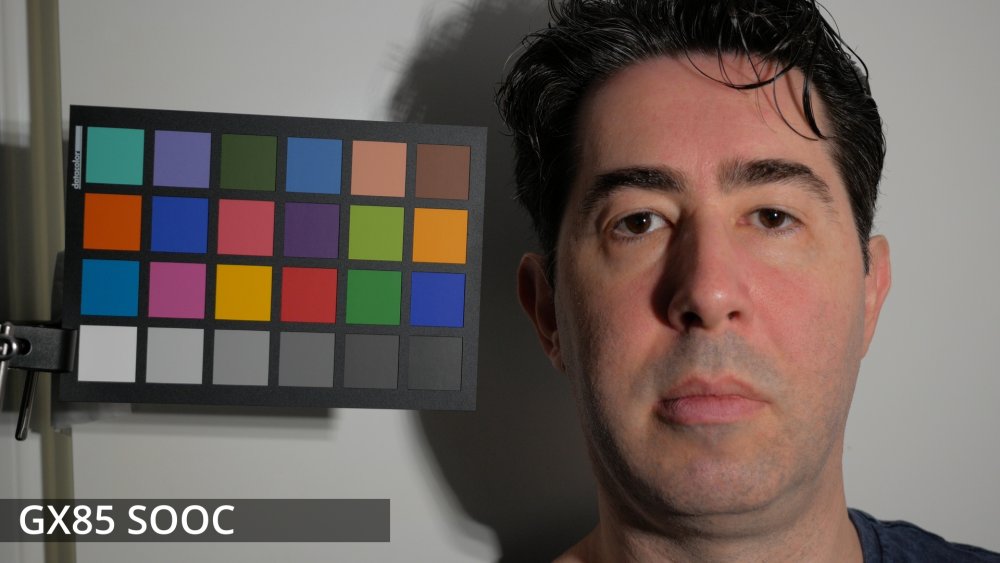
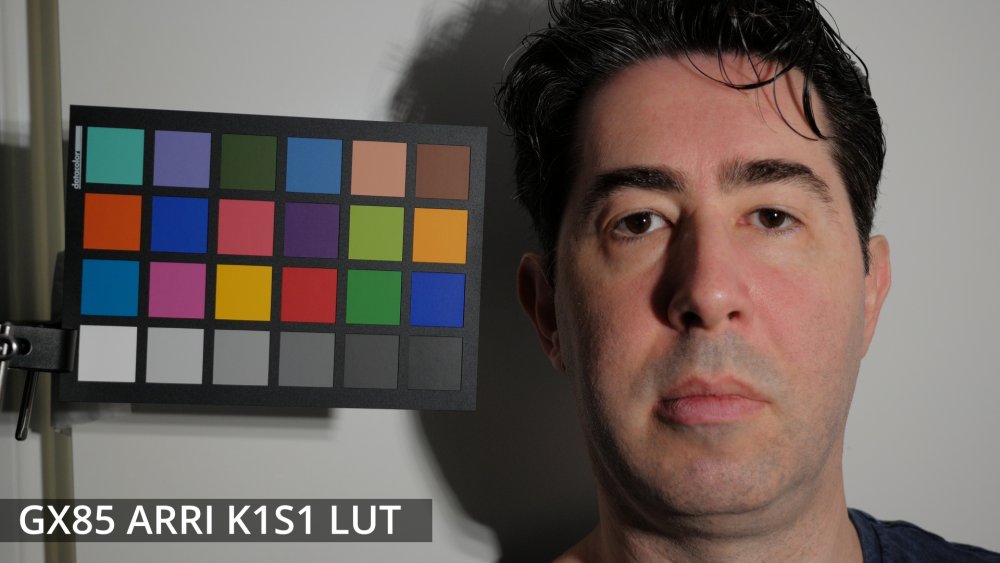
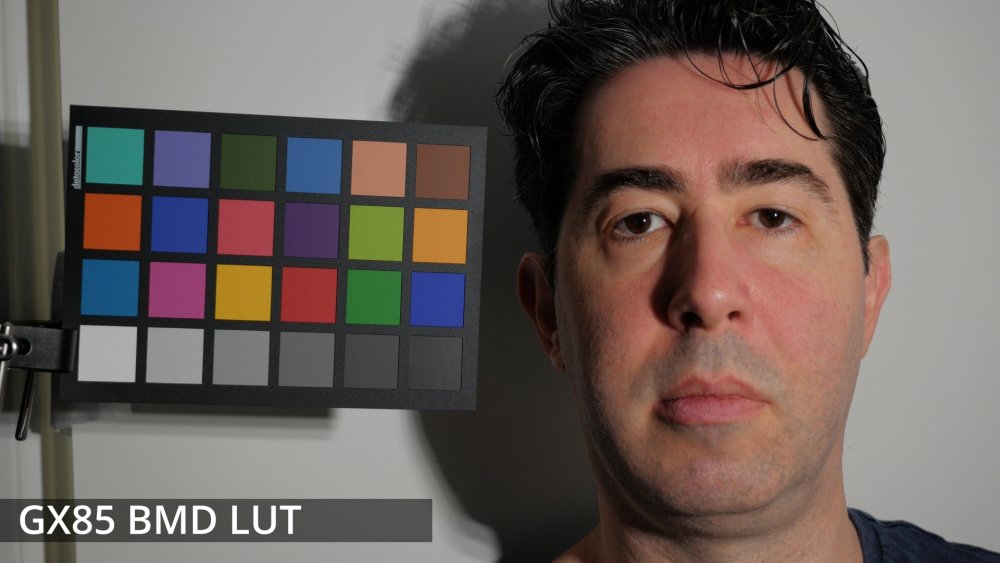
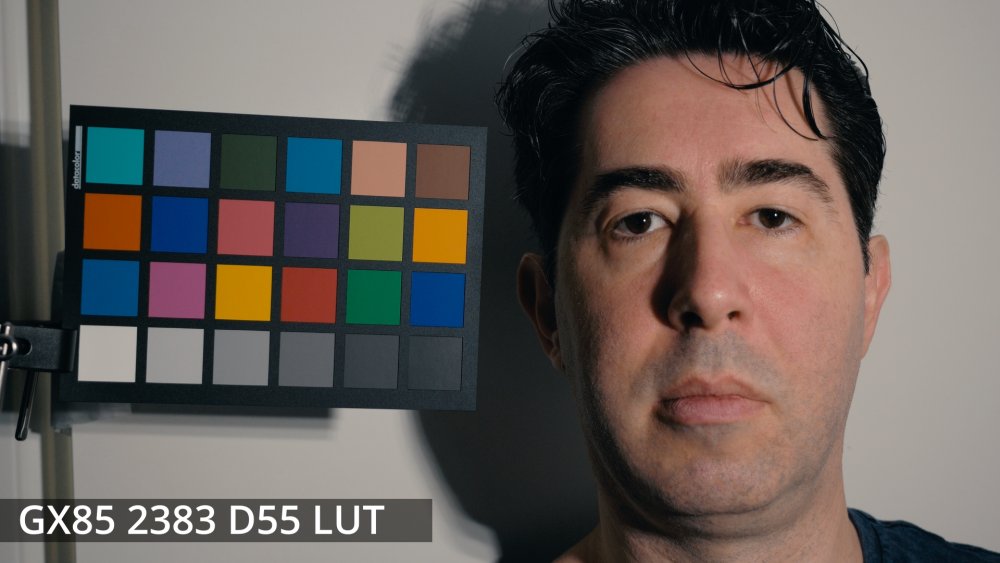
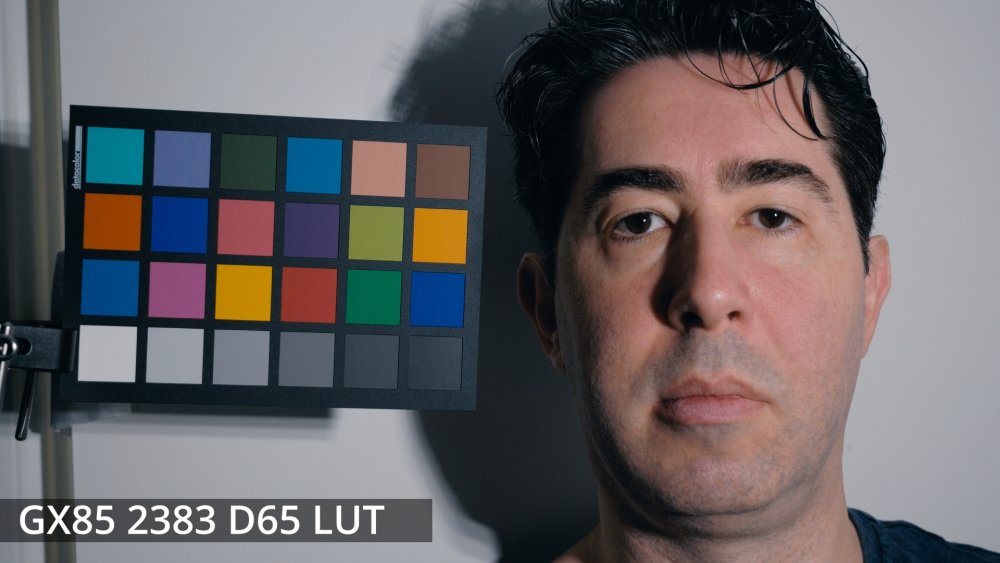
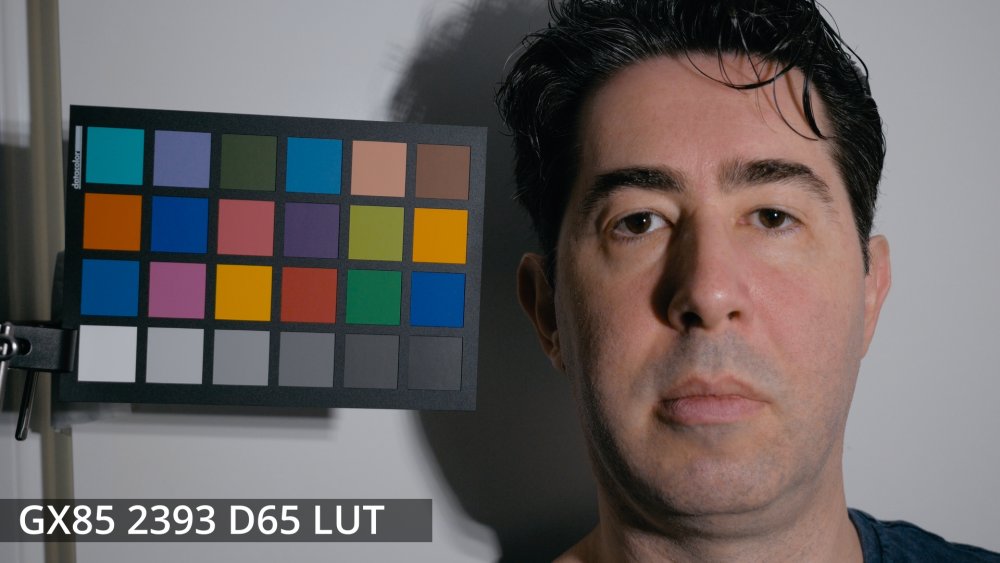
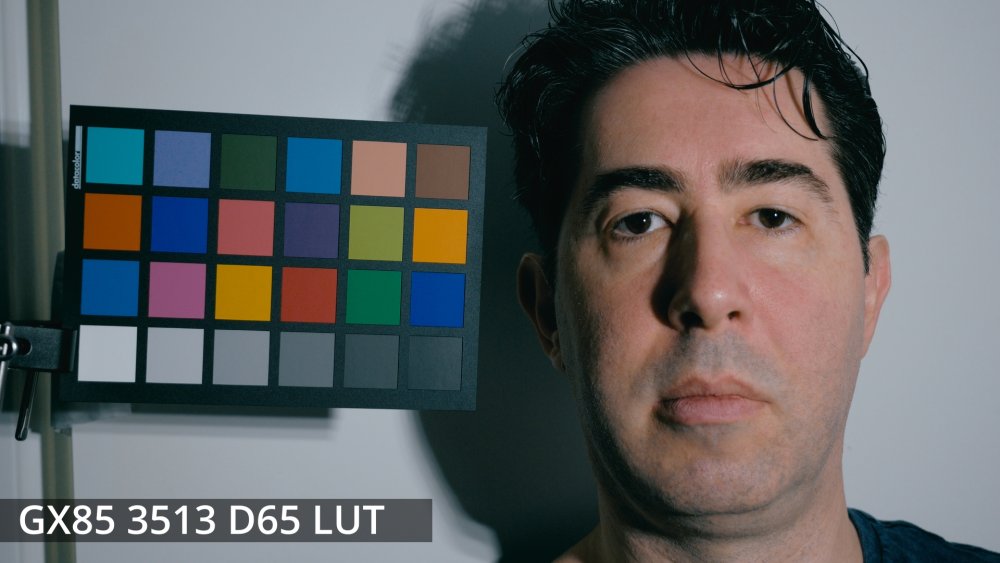
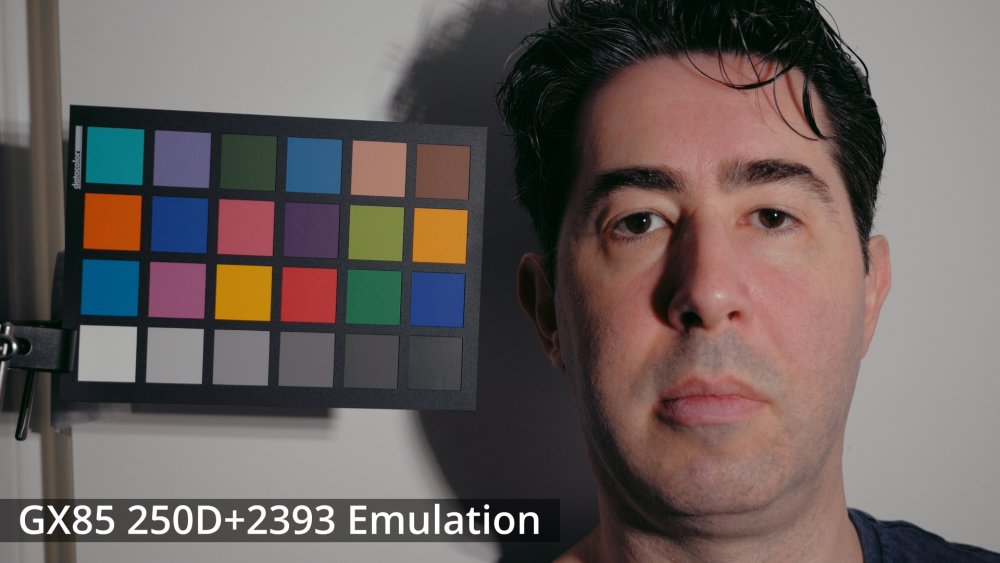


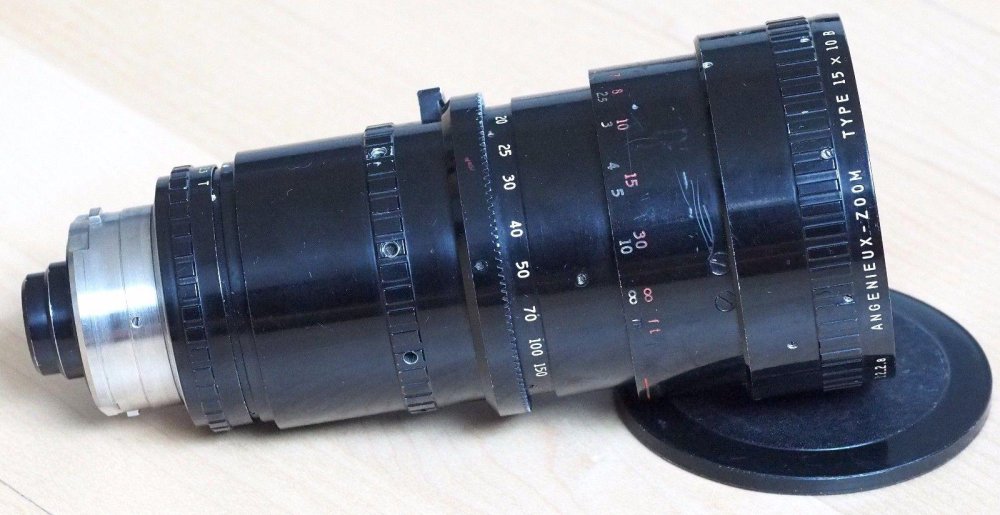
.thumb.jpg.a8ca677cfe50cffb97ed46499566d6f3.jpg)





